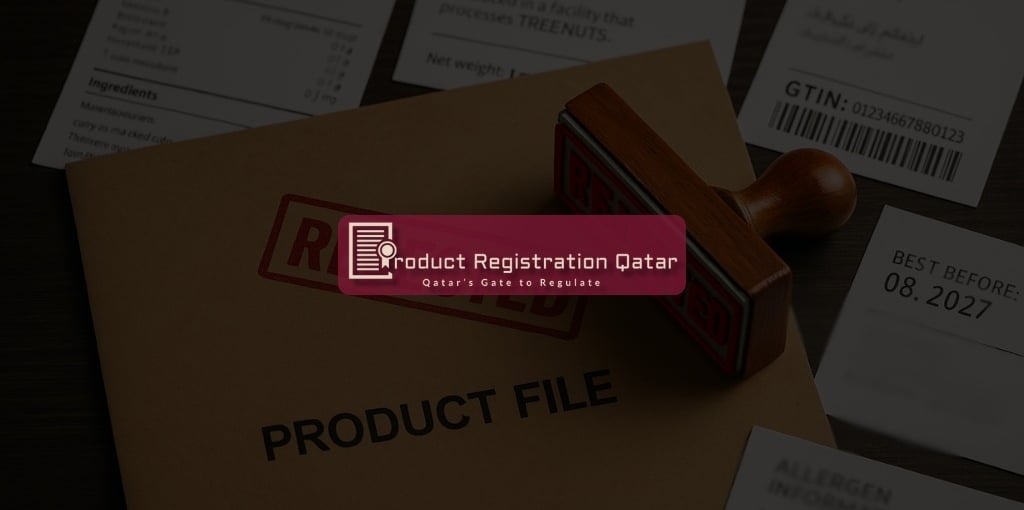Top 7 MoPH Product Rejection Reasons in Qatar
Discover the top MoPH product rejection reasons in Qatar for 2025 and learn how to avoid delays with proper compliance, labeling, and documentation checks.
BLOGS
9/19/20254 min read


Top 7 MoPH Product Rejection Reasons in Qatar (2025)
And How to Avoid Them
Registering products with Qatar’s Ministry of Public Health (MoPH) is a highly detailed process.
Authorities demand accurate documents, correct labeling, and strict compliance with national regulations.
Unfortunately, many companies see their submissions rejected for issues that could have been avoided with better preparation.
A rejection does not just waste time — it can cost months of delay and damage business credibility.
In this 2025 guide, we explore the seven most common rejection reasons and provide practical steps to help you navigate the process more effectively.
1. Arabic Label Errors
MoPH requires labels in Arabic or bilingual format. Even small mistakes — such as missing Arabic translation, incorrect mandatory phrases, or misdeclared allergens — can lead to rejection.
These errors are considered high risk because they directly affect consumer safety and understanding.
Avoidance Strategy: Work with certified translators and regulatory specialists to validate every word on your label before submission. Conduct internal label reviews to confirm that allergen statements, storage instructions, and claims comply with MoPH standards.
2. Mismatched Barcode Data
Another frequent problem is inconsistency between the barcode data submitted in the dossier and the one printed on the product packaging.
For example, a GTIN registered with GS1 but uploaded incorrectly in the MoPH portal will almost certainly trigger rejection.
Avoidance Strategy: Ensure complete alignment between your GS1 records, product labels, and MoPH dossier. Conduct a final barcode scan and verification before sending your files.
3. Wrong Product Classification
Choosing the wrong category is one of the costliest mistakes. Products misclassified as cosmetics instead of medicated products, or supplements confused with functional foods, force companies to restart the process from the beginning.
Avoidance Strategy: Conduct a classification review before submission. If in doubt, consult MoPH circulars or engage an experienced consultant to confirm your product pathway.
4. Expired or Invalid Certificates
Certificates such as Certificates of Free Sale (CFS) or Certificates of Analysis (CoA) must be current, legalized, and properly attested. Submitting outdated or unrecognized certificates is a common cause of rejection.
Avoidance Strategy: Track certificate expiry dates carefully. Begin legalization or embassy attestation early, as this step often takes weeks. Double-check that the issuing authority is recognized by MoPH.
5. Unsubstantiated Claims
Qatar enforces strict rules on product claims. Marketing your cosmetic as “medicated,” or making health benefits claims not approved by MoPH, is an immediate red flag.
Even if the product is safe, exaggerated or unapproved claims can stop approval.
Avoidance Strategy: Remove any unverified therapeutic or medical claims from both your labels and marketing materials. Focus on accurate, evidence-based descriptions that align with international and MoPH standards.
6. Shelf-Life Without Evidence
MoPH expects stability data to justify the shelf-life listed on your product. Submitting a product with a two-year shelf-life but no supporting stability report, or without clear storage instructions, can lead to rejection.
Avoidance Strategy: Include laboratory stability reports and ensure storage conditions are clearly documented. Align your shelf-life with international norms unless you have strong evidence to prove otherwise.
7. Incomplete Power of Attorney / Local Representation
Foreign manufacturers must authorize a local agent to handle registration. Errors in the wording of Power of Attorney (PoA) or Letter of Authorization (LoA), missing legalization, or mismatches with the Commercial Registration (CR) of the agent are common rejection triggers.
Avoidance Strategy: Draft PoA and LoA documents with legal precision. Verify consistency with CR information and legalize documents through the proper channels before uploading.
Why These Rejections Happen
Most of these rejections occur not because products are unsafe, but because documentation is incomplete, inconsistent, or improperly presented.
In Qatar’s regulatory environment, accuracy is as important as product quality. Companies that overlook these details face unnecessary hurdles that could have been prevented.
Frequently Asked Questions (FAQs)
Are these the only MoPH rejection reasons?
No. They are the most common, but technical formatting issues, delayed responses, or missing attachments can also cause rejection.
How long does it take to resolve a rejection?
It depends on the issue. Minor translation fixes may be resolved in days, while classification or certificate problems can take weeks.
Can I resubmit after rejection?
Yes, but only after correcting the identified issues. Submitting the same mistake again can affect your credibility with MoPH reviewers.
Do new brands face more rejections?
Yes. First-time applicants are more likely to miss small but critical requirements. Experienced consultants can anticipate these pitfalls and reduce risks.
Recommended Reads
Avoid Product Approval Delays in Qatar (2025 Guide)
Learn how to streamline your approval and prevent bottlenecks.MoPH Product Approval Failures in Qatar – Fix Guide (2025)
Detailed insights into handling failed approvals and recovery steps.Product Compliance Services
Get expert help with label validation, classification, and documentation.Read our guide on post-approval variations in Qatar
to see how label, formula, and distributor changes can be managed without delays.Need clarity on roles?
Read Importer vs Authorized Representative in Qatar and who handles MoPH, dossiers, and recalls.
Final Thoughts
The majority of MoPH rejections in Qatar can be avoided with early compliance checks. From ensuring accurate Arabic labeling to validating certificates and confirming classification, attention to detail is critical.
What may look like a small oversight to a company can mean weeks of lost time in the MoPH system.
Most rejections are preventable. Our team validates labels, documents, and classifications before submission — saving you months of delays.
Contact us or use the chatbot in the bottom right corner to ensure your products are approved the first time.
Ready to Ensure Your Product is Fully Compliant?
Fill out the form below and let our experts guide you through label checks, formula validation, and registration—step by step.


